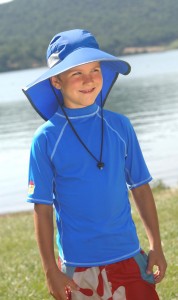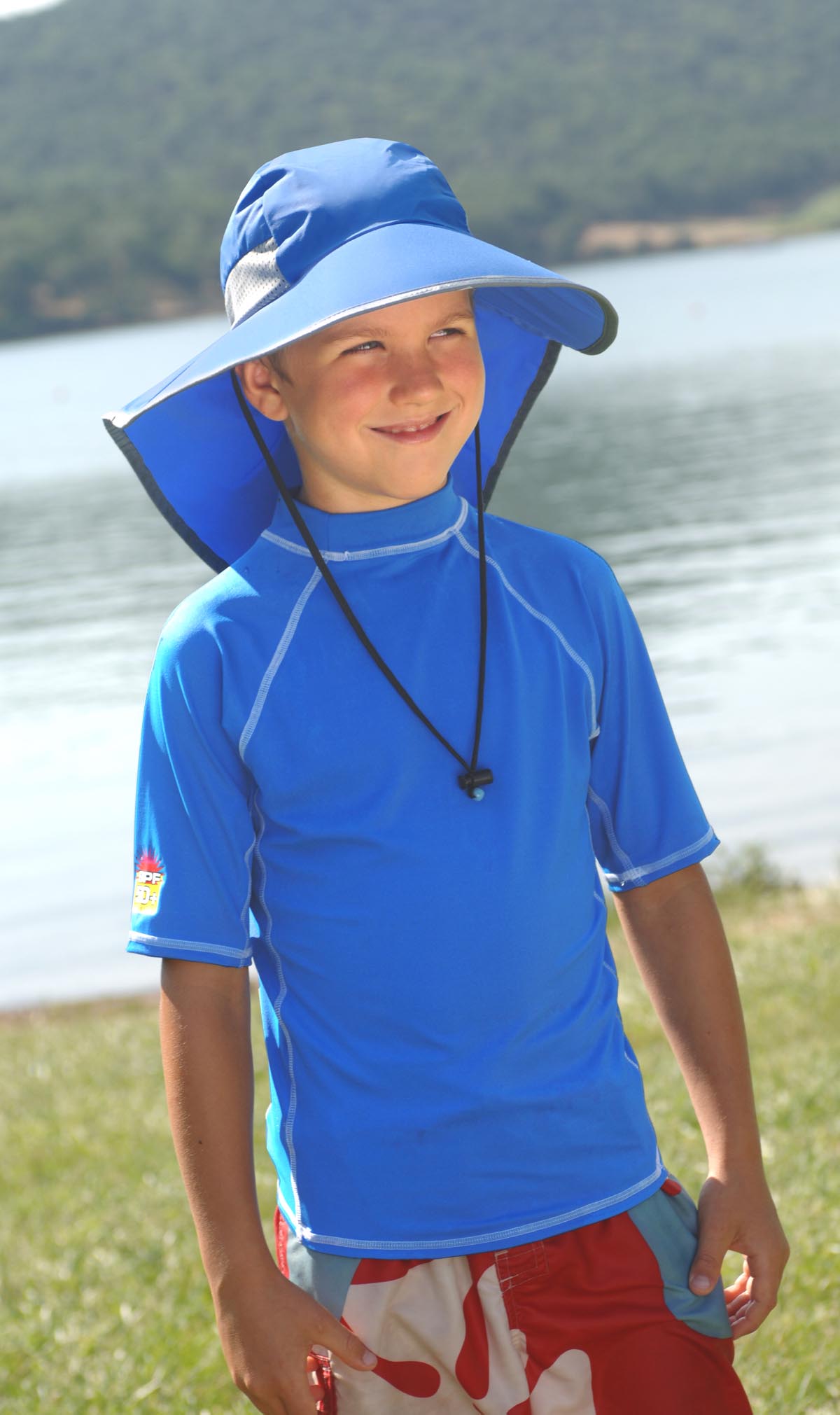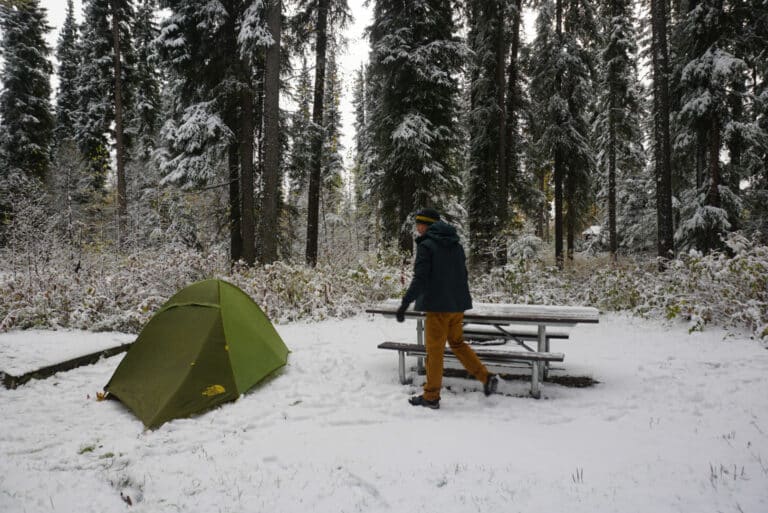 Dear EarthTalk: Is there really such a thing as “sun-protective clothing?” If so, does it mean I can dispense with oily sunscreens once and for all? — John Sugarman, San Diego, CA
Dear EarthTalk: Is there really such a thing as “sun-protective clothing?” If so, does it mean I can dispense with oily sunscreens once and for all? — John Sugarman, San Diego, CA
While there will always be a place for high-quality sunscreen on body parts exposed to the sun, covering up elsewhere—ideally with clothing designed to absorb or shield the sun’s damaging ultraviolet (UV) radiation—can minimize a person’s skin cancer risk significantly.
With recent news about the inadequacy of many sunscreens—the nonprofit Environmental Working Group found that four out of five name brand sunscreens offer inadequate protection from the sun or contain potentially carcinogenic ingredients—covering up instead of smearing is looking better and better to many people. A handful of clothing manufacturers are responding to the increased demand for shirts, pants, dresses and hats bearing “SPF” (sun protection factor) ratings with stylish sun-protective duds.
The granddaddy of them all just might be Sun Precautions Inc., which was started 15 years ago by avid downhill ski racer and outdoors enthusiast Shaun Hughes after he was diagnosed with skin cancer at age 26. The company’s Solumbra line of sun-protective casual and outdoors clothing blocks upwards of 97 percent of all UVA and UVB radiation it encounters, and is recommended by thousands of dermatologists.
To test that its product line offers the kind of protection the company advertises, Sun Precautions subjects all of its Solumbra clothing to 500 laundry cycles, then snips out fabric samples which are exposed to the equivalent of 500 days of UV rays. If the samples pass muster, the line can be shipped.
Another leader in the fast growing field is Coolibar, which boasts a 50+ SPF rating for all of its garments. Its clothing, including wide-brimmed hats and long-sleeved bathing suits among many other items, is crafted from a proprietary tight-weave yet breezy fabric it calls Suntect. Another top purveyor is Sun Protective Clothing, which makes its casual and sporting clothes from a proprietary fabric blend called Solarweave, which fends off UVA and UVB rays yet maintains a light cottony “summerweight” feel.
Some hardcore environmentalists shun sun-protective clothing because it is usually made from polyester, Lycra or nylon—all which are petroleum-derived and are can contain some nasty chemicals. But Marta Phillips of SunGrubbies.com feels that it is better to wear the clothes than to smear chemicals directly onto your skin via sunscreen. That’s why her company sells a wide variety of sun-protective pants, jackets and hats, as well as specialty items such as cover-ups, sun gloves, sun sleeves and nose scarves.
If getting a whole new wardrobe of sun-protective clothing is out of the question, washing your existing clothes with Rit’s SunGuard, a product that treats fabric with a compound that imparts 96 percent UV protection through about 20 washings, might be the way to go. Also, sun lovers shouldn’t forget about protecting their eyes. A good pair of 100 percent UV protection sunglasses doesn’t cost an arm and a leg anymore; everyone in your family needs a pair.
CONTACTS: Environmental Working Group, www.ewg.org; Coolibar, www.coolibar.com; Sun Precautions, www.sunprecautions.com; Sun Protective Clothing, www.sunprotectiveclothing.com; SunGrubbies.com, www.sungrubbies.com; SunGuard, www.sunguardsunprotection.com.
SEND YOUR ENVIRONMENTAL QUESTIONS TO: EarthTalk, P.O. Box 5098, Westport, CT 06881; [email protected]. Read past columns at: www.emagazine.com/earthtalk/archives.php. EarthTalk is now a book! Details and ordering information at: www.emagazine.com/earthtalkbook.








